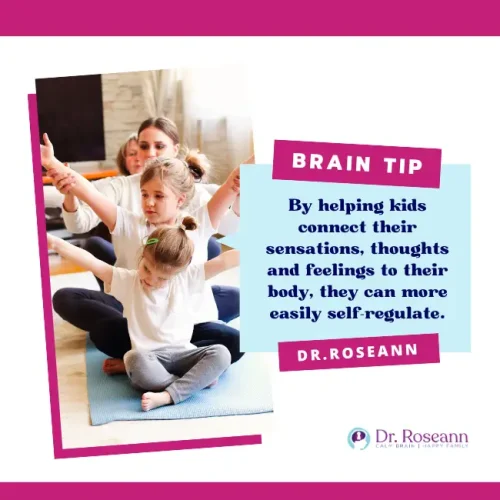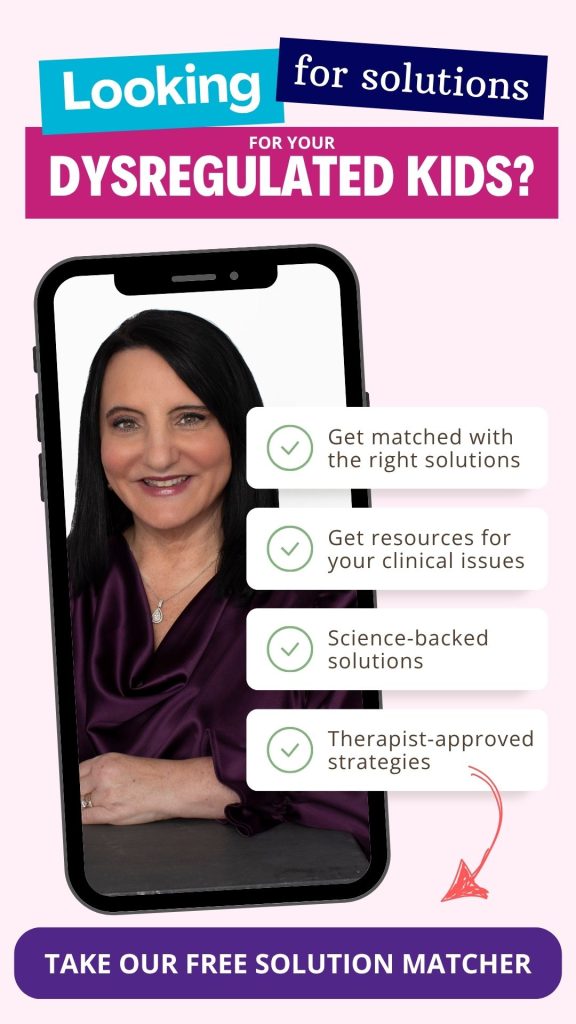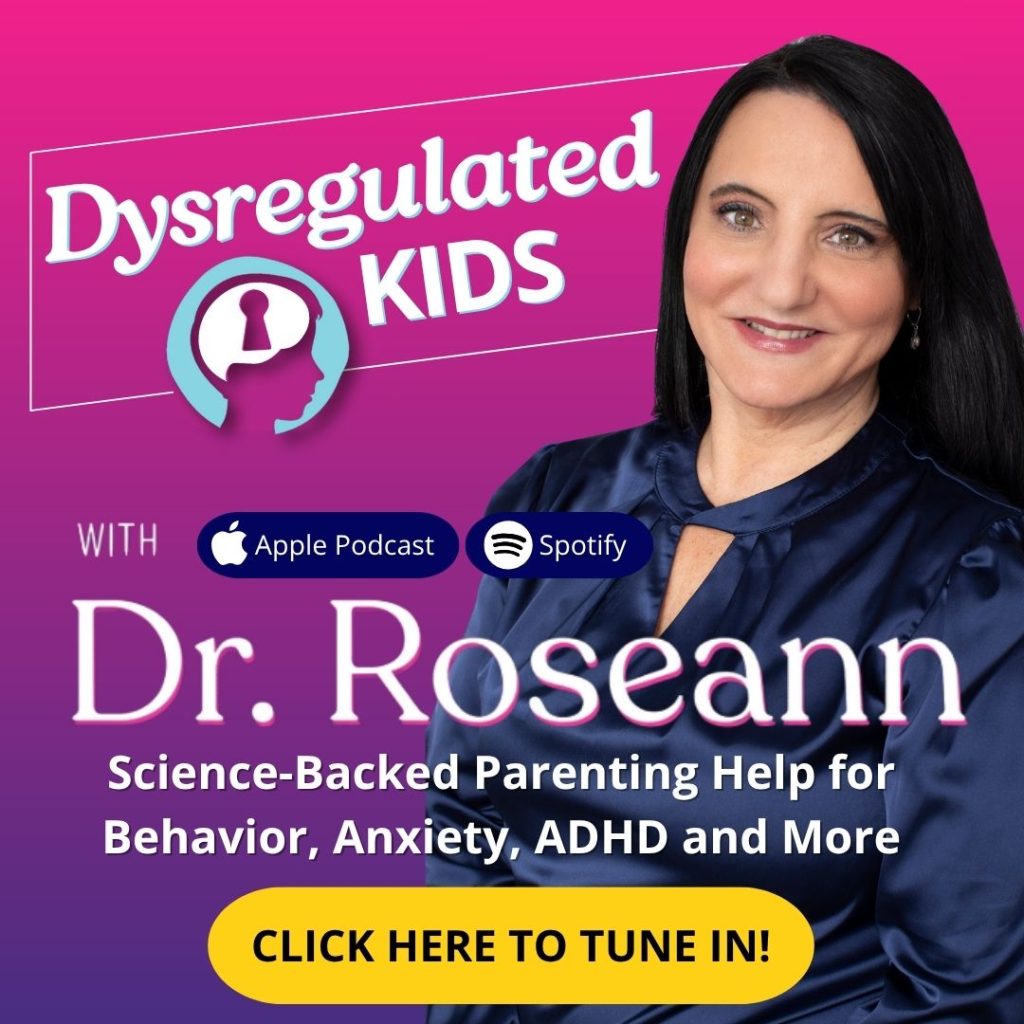Estimated reading time: 12 minutes
Feeling like your child’s behavior or emotions have taken over the whole house? You’re not the only parent who feels stretched thin and unsure where to even start.
A Special Needs Therapist can provide proven tools and support to help children regulate and thrive. This guide shares 10 key ways they make a difference, plus answers to parent questions and practical next steps.
Let’s calm the brain first, because that’s where real change begins.
What is a Special Needs Therapist and What Do They Do?
A Special Needs Therapist helps kids who struggle with learning, behavior, or emotions by starting where it matters most—the nervous system. Because here’s the truth: a brain stuck in overdrive can’t sit still long enough to learn, focus, or even feel safe connecting with others.
Therapists may specialize in:
| Occupational therapy | sensory and motor skills |
| Speech therapy | communication, feeding, social interaction |
| Behavioral therapy | emotional regulation, routines, skills |
| Psychotherapy | processing emotions, anxiety, trauma |
And here’s the heart of it: this work isn’t about “fixing” a broken child—because your child isn’t broken. A Special Needs Therapist helps uncover your child’s strengths, teaches tools for regulation, and lights a path toward growth. That’s how daily life shifts from feeling like a battlefield to feeling like home.
Calm the brain first, and everything else follows.
How Can Parents Learn Behavioral Therapy Techniques?
Special Needs Therapists don’t just work with children—they coach parents too. By teaching your child behavioral therapy techniques, you gain confidence to respond calmly in tough moments.
- Modeling calm responses
- Using positive reinforcement instead of punishment
- Reframing behavior as communication, not defiance
Parent Story:
Emily, mom of a 7-year-old with ADHD, said: “Our therapist taught us simple strategies like pausing before correcting. The battles stopped, and I finally felt like I had tools that worked.”
It’s not bad parenting—it’s a dysregulated brain. And when you calm the brain first, parenting strategies finally work.
How Does Occupational Therapy Build Daily Living Skills?
Daily routines can overwhelm kids, and even simple tasks—like zipping a jacket or holding a pencil—can feel impossible. But when they conquer these challenges, confidence sparks and spreads into play, school, and mealtime like tiny fireworks.
Occupational therapy targets key skills:
- Fine motor skills
- Sensory processing
- Self-care
As children master these tasks, their nervous systems settle. Calm emerges, unlocking focus, learning, connection, and emotional growth. Step by step, small victories build independence and a calmer, smoother home. Calm the brain first, everything follows.
What Role Does Physical Therapy Play in the Mind-Body Connection?

A child’s body and brain work together. Physical therapy improves coordination, balance, and body awareness, reducing stress and boosting confidence.
Focus areas include:
- Motor planning – smoother, more coordinated movements
- Body awareness – understanding how their body moves in space
- Strength – supporting classroom activities and play
Some therapists also integrate body-based therapies—mindful movement or gentle breathing exercises—that teach kids to:
- Notice sensations in their body
- Practice calming breathwork
- Move with intention (Shapiro, 2020)
That’s the power of starting with the body—when we calm the nervous system first, everything else follows.
Can My Child Really Learn Self-Regulation?
Yes—and a Special Needs Therapist teaches it step by step. Self-regulation is the foundation for focus, learning, and friendships.
- Breathing and mindfulness
- Sensory calming tools
- Co-regulation with parents
Parent Story
10-year-old Liam, with anxiety, learned to use deep breathing before tests. His mom shared: “For the first time, he walked into school smiling.”
Self-regulation isn’t instant—but it’s absolutely achievable. Remember, it’s not bad parenting—it’s a dysregulated brain. Calm the brain first, and everything else follows.
How Does Therapy Improve Executive Functioning?

Executive functioning skills—like planning, organizing, and remembering—are the backbone of independence. Therapists show kids brain-based strategies that help them stay on track without feeling overwhelmed.
Focus areas:
- Homework organization
- Task initiation
- Time management
Many learning challenges, including ADHD, come from executive function differences (Jakobson & Kikas, 2007). Think of the frontal lobe as your child’s personal organizer, helping them focus, plan, and take action step by step.
When we calm the brain first, executive skills become easier to build—step by step.
How Can Special Needs Therapy Build Social Skills?
Kids with special needs often find social situations confusing, like reading a code with missing letters.
Therapists use playful strategies—role-play, stories, and small group games—that make social rules easier to see. Children start noticing others’ feelings, making interactions less scary and more natural.
Focus areas:
- Reading social cues
- Practicing turn-taking
- Learning empathy and perspective
Social skills grow slowly, like learning to ride a bike. Tiny wins add up, helping kids navigate classrooms, friendships, and family life with more confidence and calm.
Remember, social struggles aren’t defiance—they’re dysregulation. Calm the brain first, and connection follows.
How Does Therapy Boost Self-Esteem?
Every child deserves to feel good about themselves. Therapy celebrates small wins and builds confidence step by step.
- Mastering daily tasks
- Feeling understood
- Celebrating progress
Parent Story:
Sofia, a mom of a 6-year-old with ASD, shared: “Therapy helped my daughter see her strengths. Now she walks into the classroom with her head high.”
Confidence grows when children feel seen and supported. When we calm the brain first, children finally have the space to see their own strengths.
How Can Therapy Help Me Understand My Child Better?
Therapists help parents see beyond surface behaviors. By identifying strengths and weaknesses, you can support your child more effectively.
- Assessment tools for clarity
- Strength-based perspective
- Practical guidance for home and school
The right therapist helps you parent from understanding, not guesswork. When you understand what’s happening in the nervous system, you can regulate first—then connect and correct with confidence.
What Is the Role of Play Therapy in Emotional Growth?
Children process the world through play. Play therapy helps them express feelings, work through challenges, and build emotional connection.
- Symbolic play to express emotions
- Storytelling to practice problem-solving
- Art and movement for non-verbal kids
Play isn’t “just play”—it’s a bridge to healing and regulation. When we calm the brain through play, children feel safe to learn, connect, and grow.
How Does Therapy Give Parents Faster Support?
Special Needs Therapists don’t just work with kids—they help parents access support sooner. That means less waiting, less frustration, and more progress.
- Coaching parents directly
- Connecting families with resources
- Offering strategies you can use today
You don’t have to wait for a crisis. Support can start now. When we calm the brain first, progress doesn’t just happen faster—it finally sticks.
How Can a Special Needs Therapist Support Emotional Regulation?
When a child melts down or shuts down, it’s usually dysregulation—not misbehavior. Therapists teach calming strategies and model co-regulation so kids learn to steady emotions.
Strategies may include:
- Sensory tools (weighted blankets, fidgets)
- Breathing and mindfulness exercises
- Co-regulation with parents
Parent Story:
Sarah, a mom of a 9-year-old with anxiety, shared: “Therapy taught me to stop reacting in frustration and instead model calm. Once I calmed myself, my son followed. Our whole home feels lighter now.”
Behavior is communication. With the right tools, emotional storms can become opportunities for connection. It’s not bad parenting—it’s a dysregulated brain. Calm the brain first, and connection follows.
When Should I Seek a Special Needs Therapist for My Child?
Many parents wait, hoping their child will “grow out of it.” But early intervention is powerful. If your child struggles with:
- Frequent meltdowns or shutdowns
- Trouble making or keeping friends
- Sensory sensitivities (sound, light, textures)
- School refusal or daily stress battles
It’s time to reach out. Regulation first makes everything else easier. It’s not bad parenting—it’s a dysregulated brain. And when we calm the brain first, kids finally have the space to learn, connect, and grow.
How Can a Special Needs Therapist Partner With Parents?
Therapy isn’t just for the child—it’s a family process. A great therapist teaches parents how to respond, not react.
Ways therapists support parents:
- Coaching on co-regulation
- Home strategies for calm routines
- Collaboration with schools for accommodations
Parent Story
Miguel, dad of a 12-year-old with ADHD, said: “Before therapy, homework was a nightly war. Our therapist showed us how to regulate first, then connect, then correct. Now evenings feel doable.”
When parents learn to calm the brain first, daily battles turn into opportunities for connection.
How Do I Choose the Right Special Needs Therapist?
Whether your child has ADHD, a learning disability, or struggles with focus, the right therapist looks beyond labels.
Occupational therapy can address underlying challenges—like executive functioning, attention, or stress—making learning more manageable (Handler & Fierson, 2021).
Look for someone who:
- Understands nervous system dysregulation
- Offers parent training and collaboration
- Has experience with your child’s needs
- Uses science-backed, compassionate approaches
The right fit matters. The right therapist sees the whole child, helping unlock calm, confidence, and growth. Because when we calm the brain first, confidence and learning naturally follow.
Parent Action Steps
FAQs
What ages do Special Needs Therapists work with?
Most therapists support children from toddlers through teens. Early intervention often brings the strongest results, helping kids build skills, confidence, and self-regulation before challenges become more entrenched.
Do I need a doctor’s referral for therapy?
Not always. Some insurance plans require a referral, but many families can contact a therapist directly. Starting early and exploring options can help you find support quickly without unnecessary barriers.
Can therapy replace medication?
For some children, calming the nervous system through therapy can reduce or replace medication. For others, therapy complements medication, making it more effective. The key is tailoring support to each child’s unique needs.
How long does therapy usually last?
Duration varies by child. Some benefit from short-term, focused sessions, while others need ongoing support. Progress is measured by skill growth, confidence, and regulation rather than a strict timeline.
What if my child refuses to participate?
Therapists use playful, engaging strategies to gently involve reluctant children. Through patience, small wins, and encouragement, even resistant kids often begin to join in and gain confidence in their abilities.
Citations
Handler, S. M., & Fierson, W. M. (2021). Organizational Principles to Guide and Define the Child Health Care System and/or Improve the Health of all Children. American Academy of Pediatrics, 127(3). https://doi.org/10.1542/peds.2010-3670
Jakobson, A., & Kikas, E. (2007). Cognitive Functioning in Children With and Without Attention-Deficit/Hyperactivity Disorder With and Without Comorbid Learning Disabilities. Journal of Learning Disabilities, 40(3), 194–202. https://doi.org/10.1177/00222194070400030101
Shapiro, L. (2020). The Somatic Therapy Workbook: Stress-relieving Exercises for Strengthening the Mind-Body Connection and Sparking Emotional and Physical Healing. Ulysses Press.
Dr. Roseann is a mental health expert in Neurodivergence who is frequently in the media:
- Dr Talks (Video) Why Most Therapy Doesn’t Work: Real Psychological Solutions
- Trina Talk Podcast Your Mental Health Is Key to How You Operate In Life
- Different Thinking Different Learning How Low Demand Parenting Can Reduce Stress and Support Neurodivergent Youth with Dr. Roseann Capanna-Hodge
Always remember… “Calm Brain, Happy Family™”
Disclaimer: This article is not intended to give health advice and it is recommended to consult with a physician before beginning any new wellness regime. *The effectiveness of diagnosis and treatment varies by patient and condition. Dr. Roseann Capanna-Hodge, LLC does not guarantee certain results.
Are you looking for SOLUTIONS for your struggling child or teen?
Dr. Roseann and her team are all about science-backed solutions, so you are in the right place!










